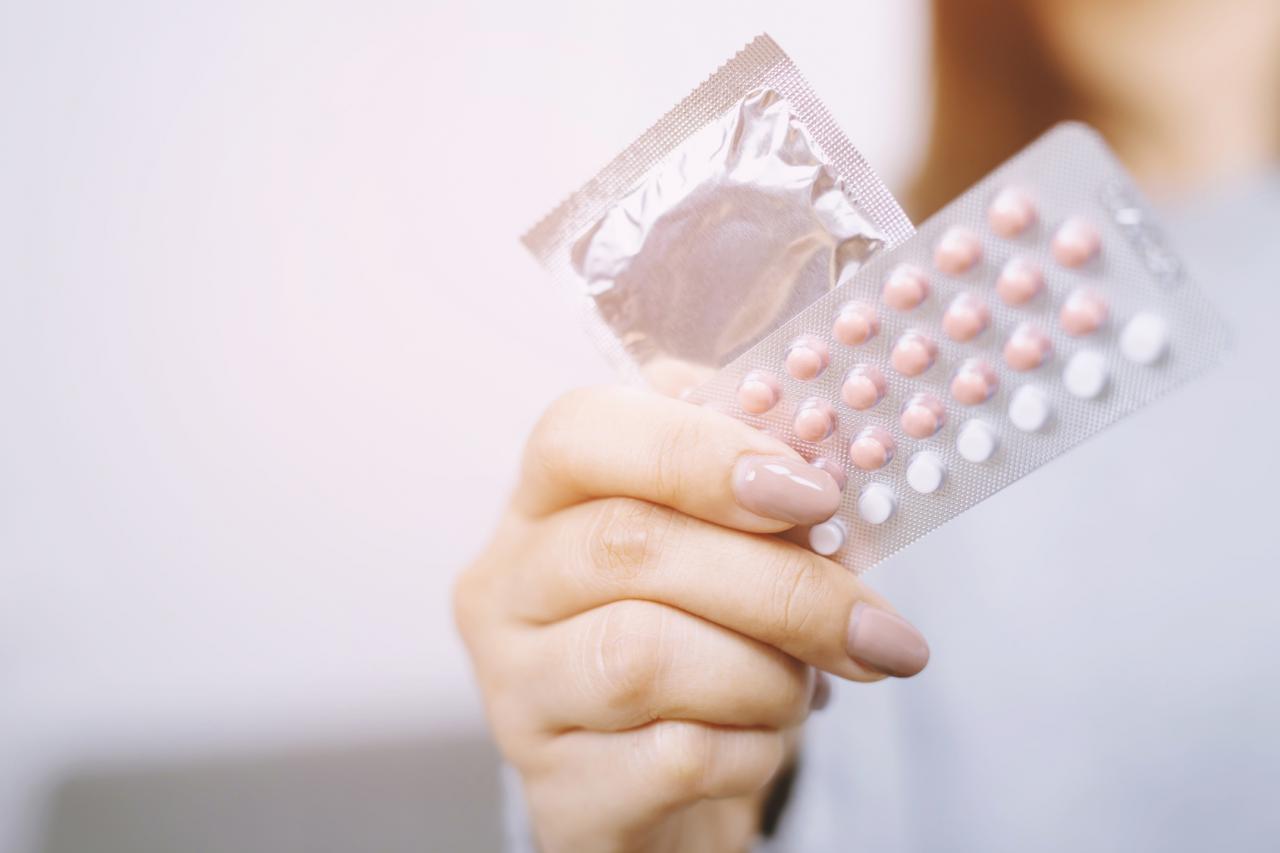Safer Chemicals, Healthy Families is a coalition of 250 environmental and public health groups that want national policies that would make chemicals safer.
Health specialists from the University of California, San Francisco, believe that there are several reproductive health trends, in which chemicals are playing a role.
Linda Giudice is UCSF’s chair of obstetrics, gynecology and reproductive sciences, and treats thousands of people for infertility. She said, “Hormones affect human development and some environmental chemicals act like hormones. Science has exploded with data on the effect of endocrine disrupting hormones exposure in utero. The trends in reproductive health are concerning.”
Tracy Woodruff, director of UCSF’s program on Reproductive Health and the Environment said that in general terms girls are entering puberty earlier than girls born 10 to 20 years ago. She cited a study which tracked 1,200 girls starting at age 6 in order to find out when they entered puberty. In the group of the 7 year olds, 15 percent had already developed breasts, and in the group of the 8 year olds, about a third had done so. Among Latina and African-American girls the rates of early breast development were higher.
Giudice said that researchers really don’t know what is causing the disparity among African-American and Latina girls. She said that diet and other environmental factors, as well as genetics do play a role.
According to Woodruff, “One of the concerns is that certain segments of the populations have higher exposures to chemicals than others.” She went on to stress that hormone-mimicking chemicals and high rates of obesity are factors that contribute to the trend.
The researchers said that people are exposed to a very high amount of chemicals, and this exposure comes about through “air, water, food, drink, cosmetics, pesticides, herbicides and other household items.” What a dismal picture.
Legislation which could have overhauled the Toxic Substance control Act of 1976 (which is deemed inadequate to protect the public), stalled in Congress, thanks to incredible opposition by the chemical industry. Individual states are trying to rectify the situation, by addressing this issue of chemicals, on a case by case basis. I wish them the best of luck.
My information came from the online The Bay Citizen.




Add a CommentComments
There are no comments yet. Be the first one and get the conversation started!